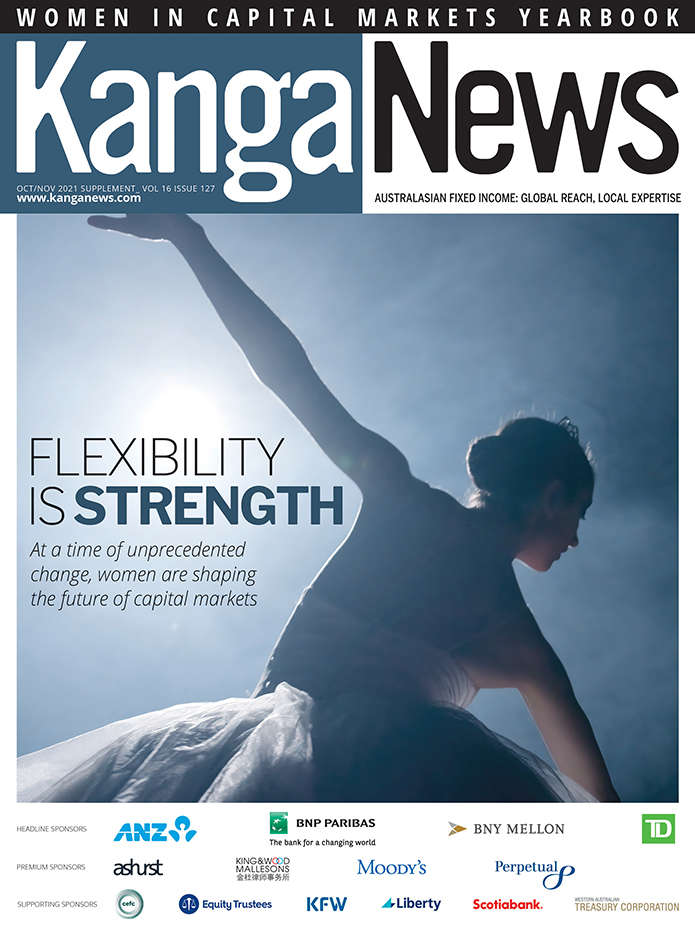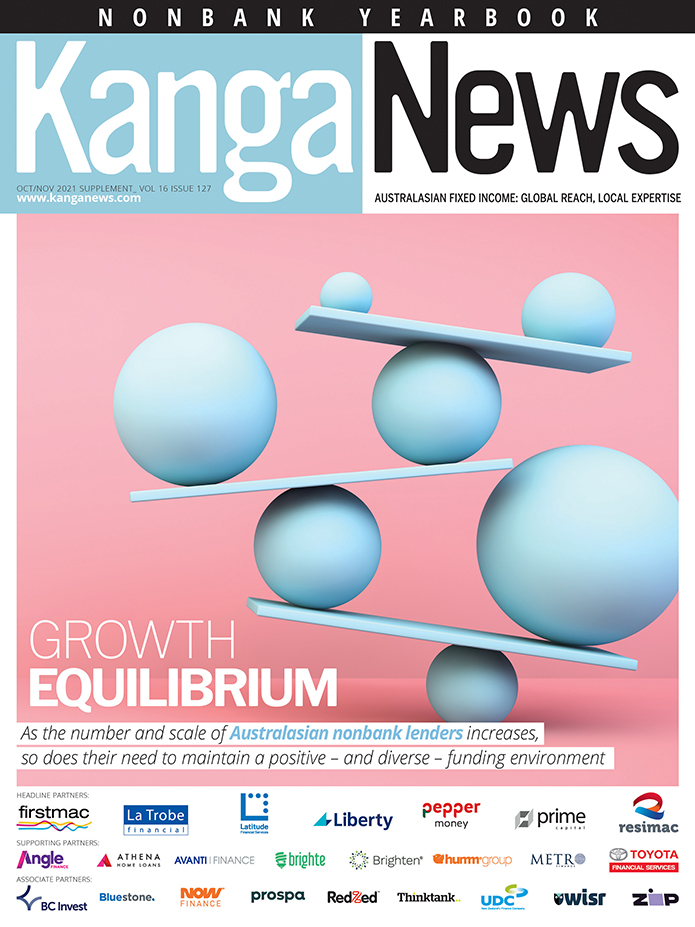
Liberty rides high in competitive market
Liberty Financial has outperformed its expectations since listing on the ASX in December 2020. The company’s Melbourne-based chief financial officer, Peter Riedel, tells KangaNews growth is being driven by the breadth of Liberty’s lending.
Liberty’s full-year performance exceeded the IPO forecast in each of the company’s operational and financial value drivers. To what extent was this driven by system growth and to what extent was Liberty’s own business strategy a driver?
The banks are reporting growth of around 5 per cent and we increased originations by 17 per cent, so we have clearly exceeded the market based on this measure. There are two main reasons for this outperformance.
First, as a consequence of the banking royal commission, the importance of diversifying revenue streams to create and maintain sustainable businesses became more evident to mortgage brokers.
We are a natural partner for brokers as we serve the needs of their customers in many ways. The breadth of our lending and insurance solutions provides brokers the opportunity to earn diversified income, which is important for them. I think we generate a strong market share by providing brokers with diversified solutions.
The second aspect relates to the best-interest-duty regulation that came into effect at the beginning of this year. All brokers now have to provide customers information that demonstrates a product is in their best interests.
For most customers, what is best for them extends beyond the interest rate. Customers want to understand aspects like turnaround time, service delivery, culture, and environmental, social and governance policy. Metrics that do not relate to interest rates are now published by all lenders and provided to customers.
Service standards and turnaround times are metrics where Liberty really stands apart from the banks. We turn applications around within two days, whereas the banks can take up to 30 days. The additional reporting plays to our strengths and also helps articulate why we have seen growth above system.
“For most customers, what is best for them extends beyond the interest rate. Customers are seeking to understand aspects like turnaround time, service delivery, culture, and environmental, social and governance policy."
So far in 2021, Liberty has printed two public securitisation transactions as well as a private placement. What has the funding strategy been this year given the favourable market dynamics for nonbanks?
The approach we take to funding is based on feedback from investors. Immediately after the financial crisis, we principally issued in prime format. But as the market normalised again we opted for a mixed-pool approach with collateral that was generally 95 per cent prime and 5 per cent non-prime.
We pivoted again this year by issuing two prime deals. Again, this approach reflected feedback from investors. We were successful in broadening our investor base, particularly from offshore, as a result.
Our strong origination of new loans will enable us to continue to issue in prime and nonconforming residential mortgage-backed securities, and SME and auto asset-backed securities formats over the coming year.
Foreign-currency issuance has been minimal since March last year, though Liberty printed the senior tranche of its Liberty Series 2020-1 transaction in yen. What role does foreign-currency issuance play now?
In 2017 and 2018, Liberty issued three times into the euro market off the back of reverse enquiry. The return profile for investors and issuers has diverged since 2018 and we have not offered notes in euros. Of course we would always be very happy to issue in euros if the return profile worked for investors and ourselves.
We have issued three transactions in yen since 2018, again resulting from investor enquiry. Japanese investors are now quite familiar with our origination and funding programme, and we are confident opportunities to issue in yen will continue into the future.
Liberty has yet to print a deal this year from its SME programme. The collateral mix in the programme has evolved to a heavier focus on self-managed super fund (SMSF) investor loans over SMEs, but how is lending tracking to those two groups?
SMSF lending is growing and continues to be a really important part of our business and funding plans. Investors will see an SME issue from us in the market soon – in fact we have a pool with the rating agencies at the moment. The mix is consistent with previous transactions, so around 90 per cent to SMSF investors and the remainder loans to SMEs for business purposes.

WOMEN IN CAPITAL MARKETS Yearbook 2021
KangaNews's annual yearbook amplifying female voices in the Australian capital market.

nonbank Yearbook 2021
KangaNews's sixth annual guide to the business and funding trends in Australia's nonbank financial-institution sector.








